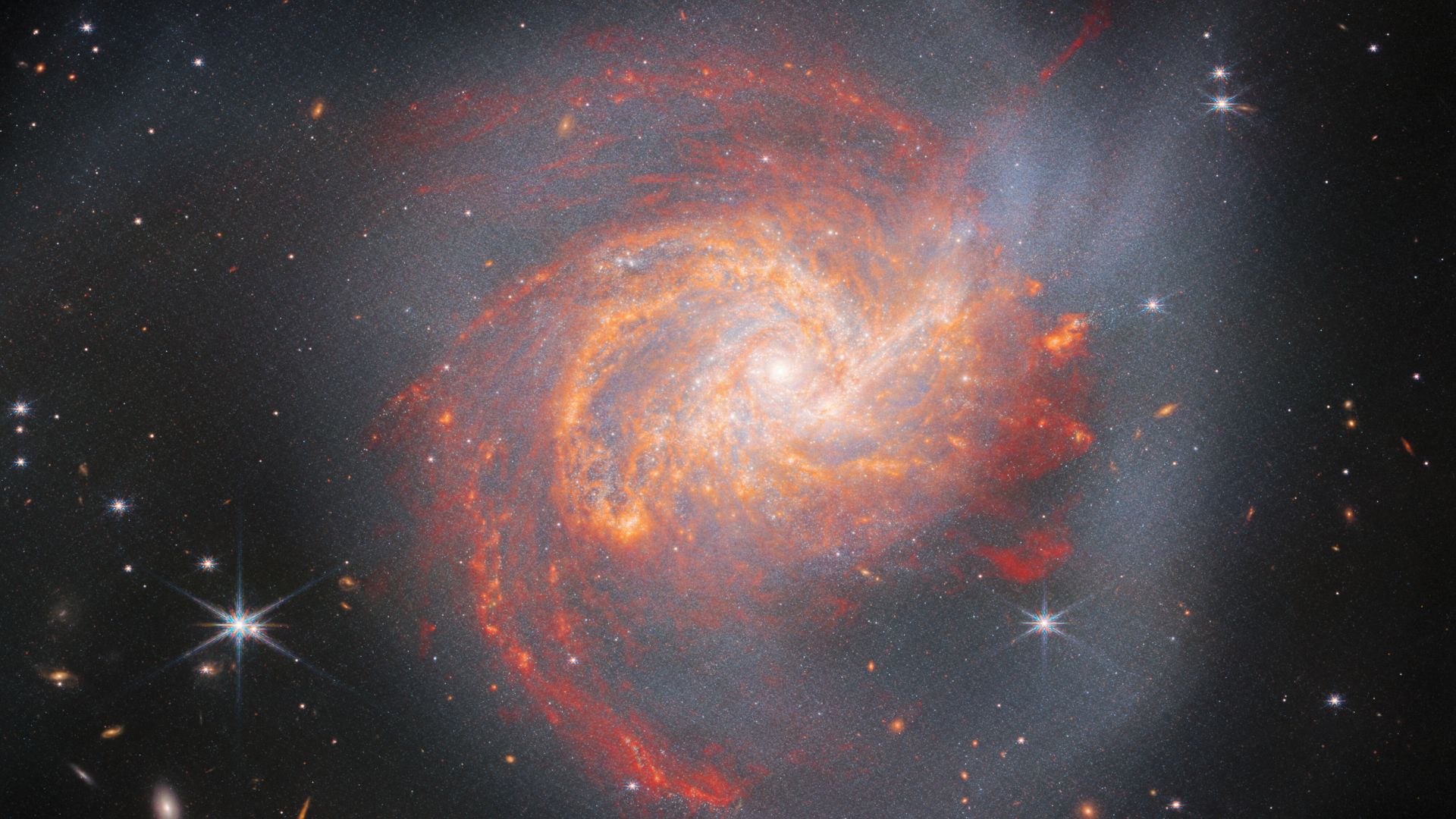
Capturing spectacular images of deep-space objects revealed in unimaginable clarity and scope, the James Webb Space Telescope (JWST) has been a $10 billion triumph of ingenuity and indomitable spirit.
This summer celebrates the one-year anniversary of JWST's first science observations. The huge observatory has been peering back in time toward the origins of our universe and providing astrophysicists and amateur stargazers across the planet stunning data to dissect.
The final installment of Netflix’s four-part "Unknown" docuseries, titled "Cosmic Time Machine," unveils details of how the biggest-ever space telescope was conceived, developed and launched.
Directed by Shai Gal and executive produced by Jason Spingarn-Koff, this illuminating 64-minute film arrives today (July 24) and delivers a rare behind-the-scenes glimpse into NASA's decades-long mission to create and deploy the world’s most sophisticated space observatory.
Space.com: What inspired you to take on this important space project, and how did it differ from your other filmmaking endeavors?
Shai Gal: This story starts in 2013, when I spent a year at the University of Michigan on a journalistic fellowship. I met Thomas Zurbuchen, who'd later become the head of all NASA science missions. We became good friends after he was looking for a partner who’d be brave enough to run in the snow with him, and I was the Israeli who agreed to do that. One day I was talking with Thomas and thought maybe we should do something together. He pitched me the story of NASA’s plans to launch the James Webb Space Telescope in about a year. It’s the most complicated mission ever. The most expensive mission ever. And so many people are depending on it.
Get the Space.com Newsletter
Breaking space news, the latest updates on rocket launches, skywatching events and more!
He said, "It could be the story of how I got fired, or one of the greatest triumphs in science ever." That's really what caught me, this rare combination of amazing science and this point in history that could move humanity forward in an outstanding way.
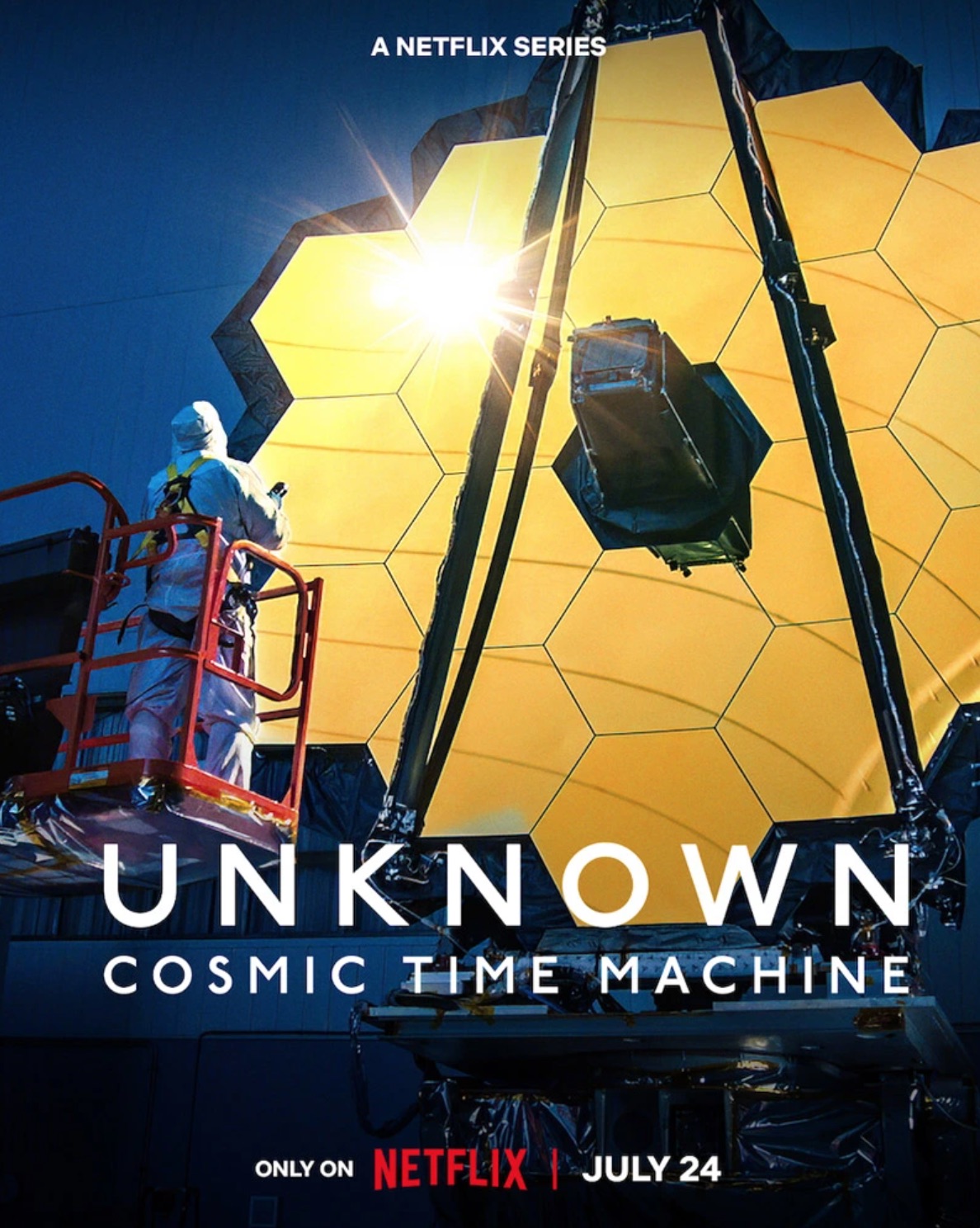
Space.com: Your filmmaking specialty is telling emotional stories with a humanistic heart. Where did you discover the core of "Cosmic Time Machine?"
Gal: First, it's about this really deep enthusiasm about people who spend all their life on a single mission. Like Mike Menzel. While on the project for 25 years, he's seen people die during this period of time. People coming and going. People start this journey without a family and end up with a full family and name their kids after the stages of the James Webb. It was emotional to see people devoting their life to a single project on a mission they knew would change the course of history in our knowledge.
The other emotional aspect was the way I met people who were talking about the love for space and stars. They are adventurers who once stared up at the stars and wondered what's going to be there, and now they’re on a team that’s sending this amazing telescope to actually see the last chapter of human history of, Where did we come from? It truly got me in that sense.
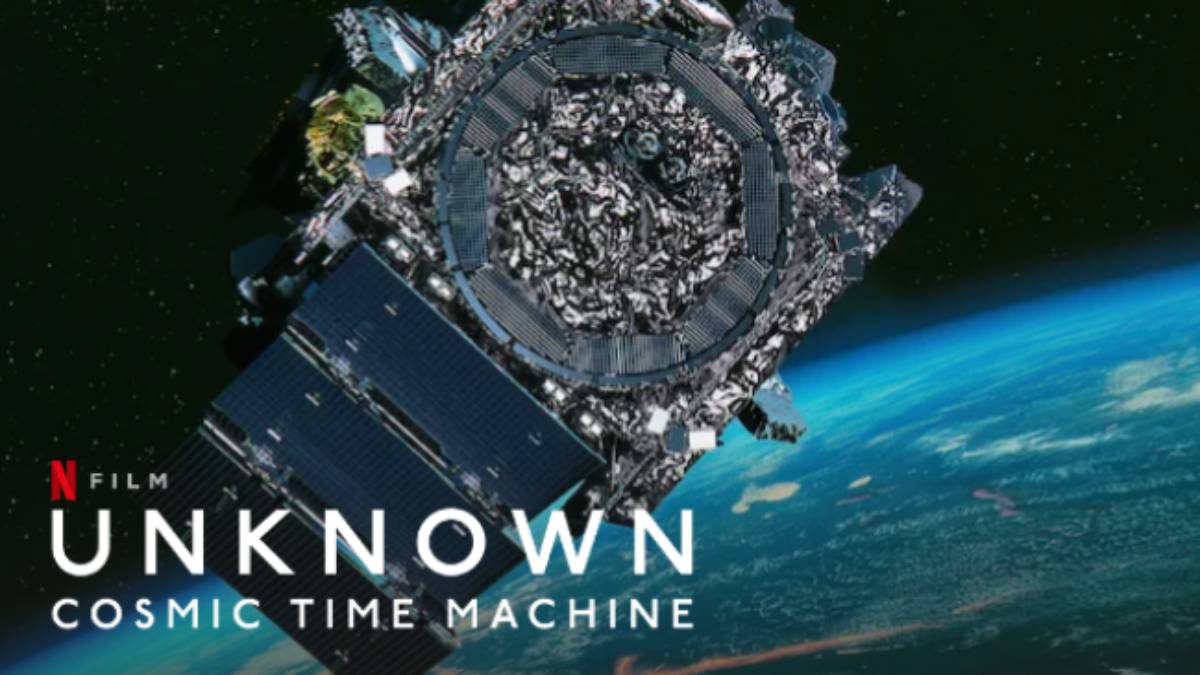
Space.com: How did you pull off the balance of facts, drama, images, and personalities in "Cosmic Time Machine" to maintain a tight emotional thread?
Gal: Documentary filmmaking is always a team effort, and the team here knows exactly how to do these types of stories. At the end of the day, if you have good stuff that's not in the film, then you probably have a really good film. There might be moments that are really good, they're almost gold, they're silver, but they're out. And that's what we were trying to do here, which was putting together a journey that's very tight. We were there for all the stages. We were there in the room with Dr. Z [Zurbuchen] when he was writing both speeches.
Hours from launch, and he was writing the failure and the success speeches. NASA was really brave to let us put Netflix cameras inside the command center during those two delicate weeks. You need to be a strong, confident organization to allow that to happen. We wanted to get the viewer into a journey to try and understand what it's all about. It's been a rollercoaster, and I hope it feels like that in the film.
Related: The James Webb Space Telescope's 1st photos (gallery)
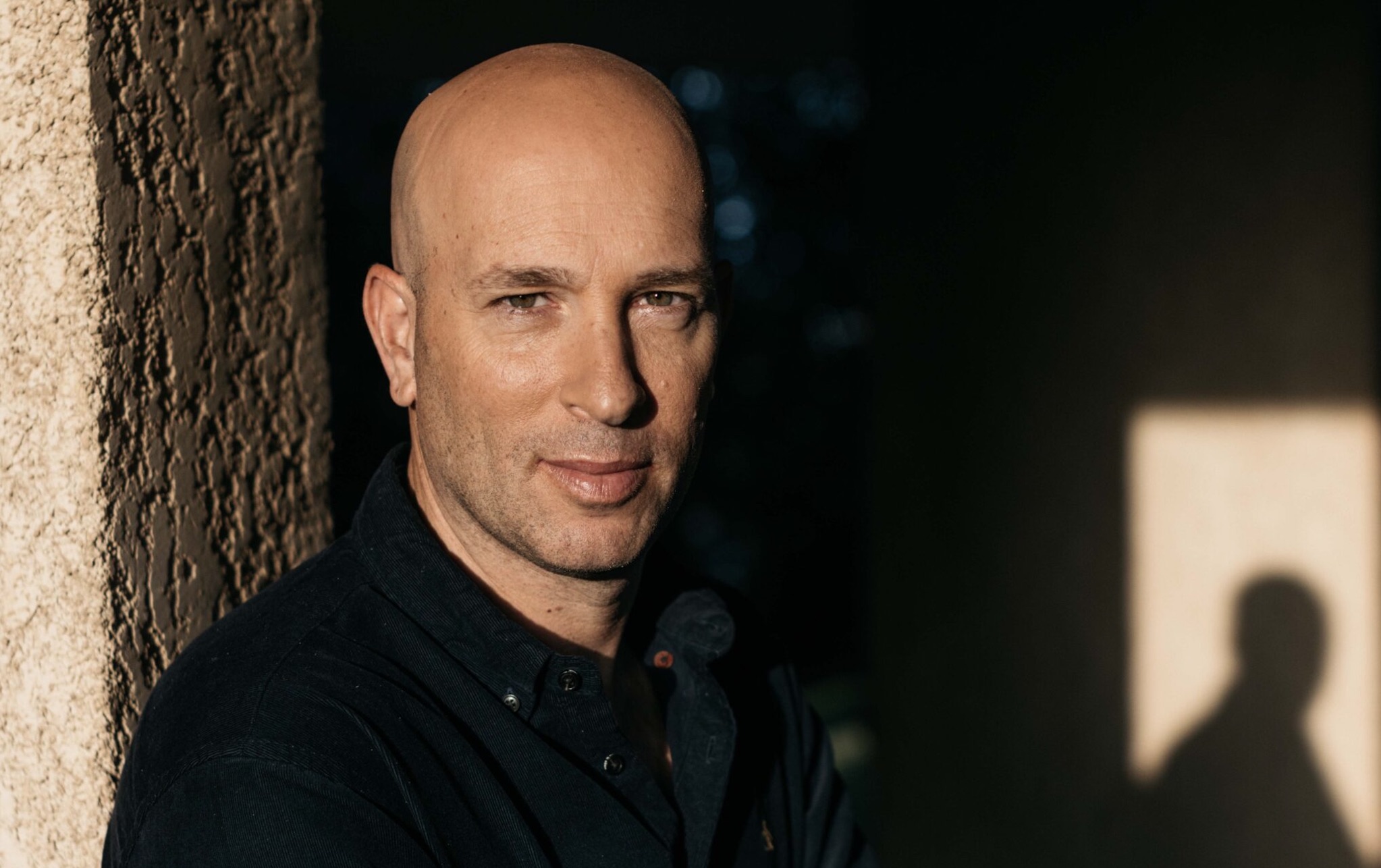
Space.com: In what ways did creating this space documentary change you as a filmmaker, a father and a full-time resident of our planet?
Gal: It did make me realize that I'm a citizen of Earth. Every time I see this material, I realize that the world came together for this amazing moment which is not war. In a way, it's a journey to our roots. This is what we were made of. Documentaries always charge you. They make you wiser, smarter, and they make me love people more. That team at NASA, it's easy to love them and admire their spirit.
I was so lucky to be a part of the crew that was there. This is documenting real history that's going to be so meaningful for the world. Look at what we're already seeing a year after the first photo. Dr. Z told me that people talk too much about technology — it’s about the people who are willing to push it and take it there.
Join our Space Forums to keep talking space on the latest missions, night sky and more! And if you have a news tip, correction or comment, let us know at: community@space.com.
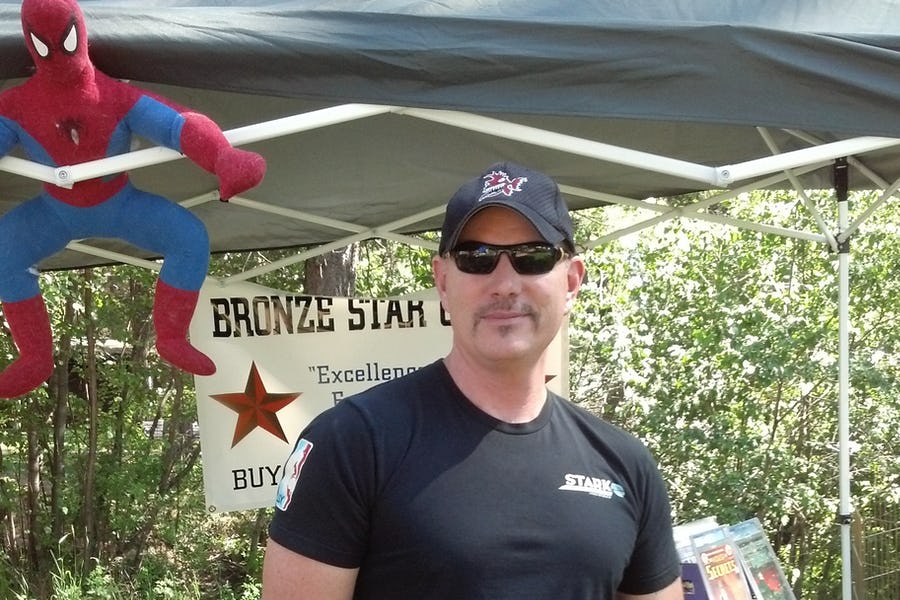
Jeff Spry is an award-winning screenwriter and veteran freelance journalist covering TV, movies, video games, books, and comics. His work has appeared at SYFY Wire, Inverse, Collider, Bleeding Cool and elsewhere. Jeff lives in beautiful Bend, Oregon amid the ponderosa pines, classic muscle cars, a crypt of collector horror comics, and two loyal English Setters.
-
SpaceLover As a 30 year veteran of JPL/NASA, this is one of the best space documentaries I've ever seen. It did a great job of explaining the mission objective, engineering challenges and technical risks of JWST, as well as showing some of the astonishing images captured by the observatory. But most importantly, it demonstrated the incredible talent and dedication of the JWST Project and science teams to create a successful mission that the entire world can enjoy and appreciate. Kudos to Director Shai Gal on a wonderful film!Reply









